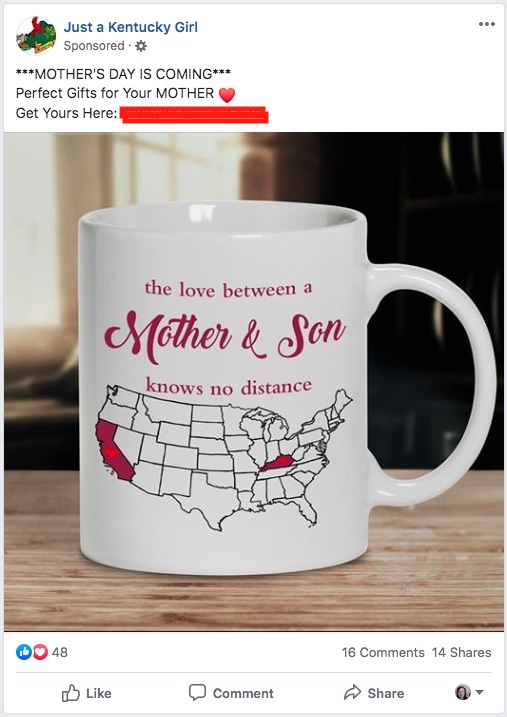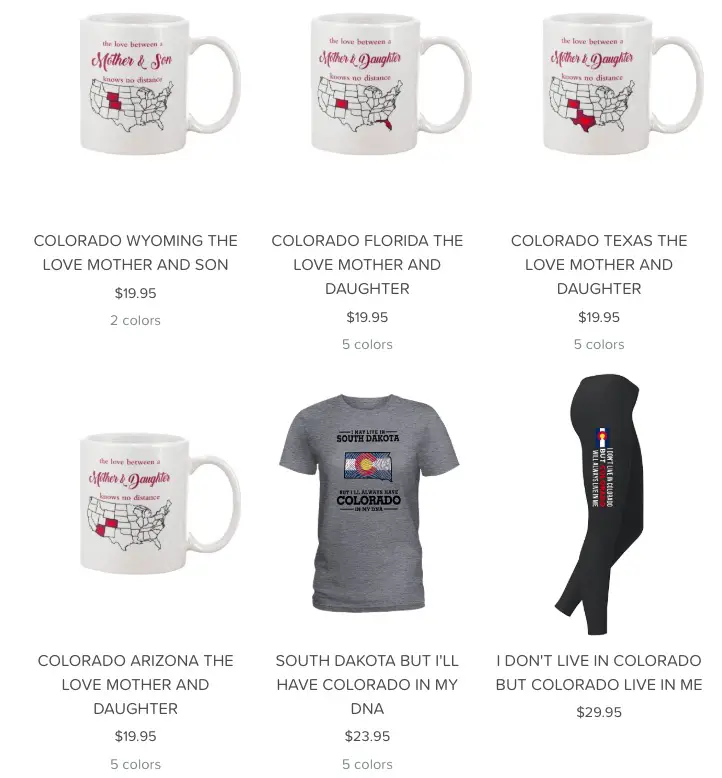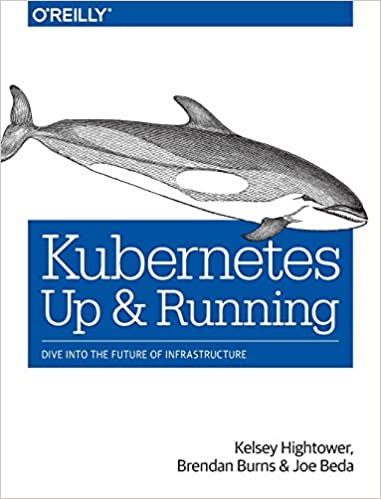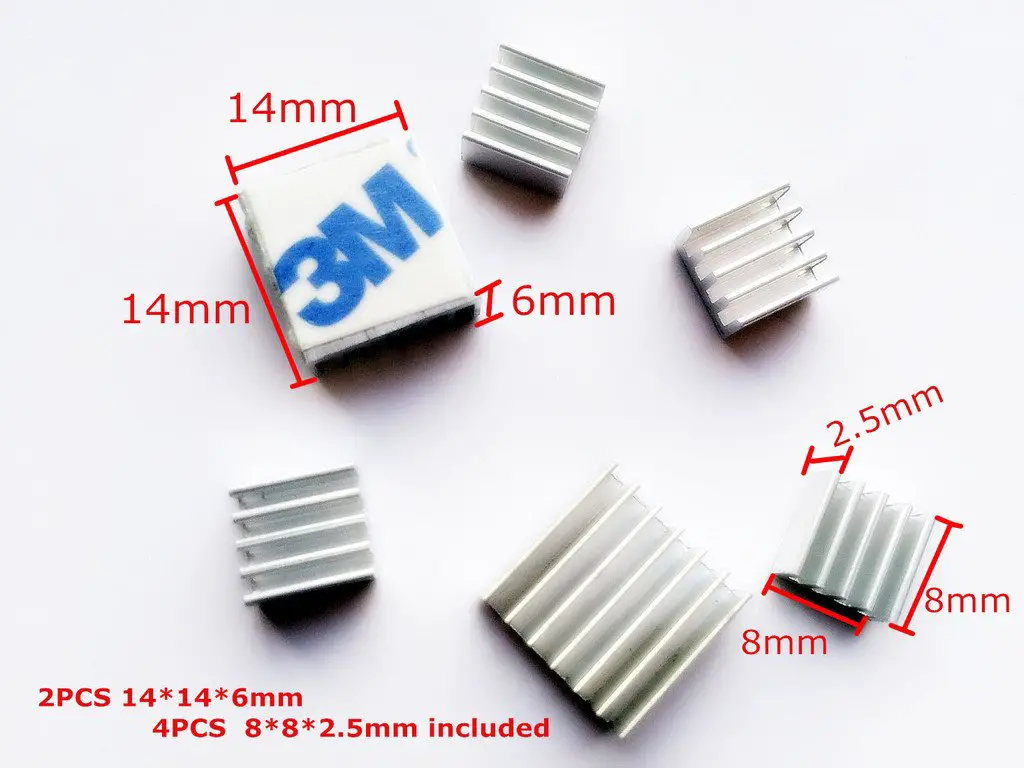; Date: Mon Apr 29 2019
Tags: Facebook »»»» Privacy »»»»
Mothers Day is coming up and therefore the Merchants of Gifts are out in force trying to get us to spend money on gushy thingies for our Mothers. And yes, our Mothers sure put up with a lot to get us to where we are, and deserve all our thanks. However this advertisement that popped up in my Facebook news stream is more than intrusive, and it demonstrates the lengths to which some advertisers will go to sell things.

I saw this in my news feed - my Mother does live in Kentucky, and I do live in California - so, my first reaction was "wow what a coincidence" but then some wheels clicked over.
The first thought was that maybe this advertiser used some trickery in the Facebook API to autogenerate graphics based on the state of residence of the person and their mother. In other words - an API lookup to find the mother, find the mothers state, then look at this person's state, and autogenerate a map with the correct states filled in. That might be possible in the Facebook API, right? I don't know.
But then the simpler solution came to me. Namely, to develop N of these images picking out the state combinations to target based on some algorithm. The Facebook advert was based on a page named Just a Kentucky Girl, so the advertiser could make 50 such Facebook pages one for each state. Then ... does the advertiser make 2450 total advertising campaigns?
How did I get 2,450 Facebook advertising campaigns? Simple - there are 50 possible states for the mother to live in, and therefore 49 states corresponding to each where the child is living far from the mother. Calculating 49 * 50 gives us 2,450 combinations. The calculation might be off by a bit, but it's in the right ballpark. Oh, one aspect not incorporated is advertising for both "Mother and Son" and "Mother and Daughter" combinations. So the total is closer to 5000?
As a practical matter the advertiser won't develop that many combinations. They'll choose combinations to advertise for based on some algorithm.
For each targeted combination, the advertiser sets up a Facebook ad using demographic targeting of someone living in a given state, whose mother lives in another state, and to target the gender of the given product.
The goal obviously is to find a person who is living far from their mother, and tug on their heart strings in order to buy a doodad that supposedly professes love for their mother. To the business people pushing Mothers Day, that's what Mothers Day is all about, finding ways to tug on heart strings and guilt folks into spending money.
Not every state combination will produce that possibility to tug on heart strings. Would a child living in Rhodes Island (for example) whose mother lives in Connecticut have the same sense of "oh, my mother is so far away"? Maybe not. And therefore I'd expect such an advertiser would target state combinations that are far apart. Maybe?

Indeed, clicking through the link I land on a site full of product listings for different combinations of states. It's clear this site is not targeting every possible state combination. But the site is also not targeting just states that are far apart. And it's also not targeting just the Mother/Son/Daughter combinations, but other cases such as someone living in one state but coming from another state.
So here you go - an interesting business model. Create advertisable products based on folks being from one state or another -- e.g. "I'm the Husband of a Texas Woman" -- and place Facebook ads to match.
To make a go of it as a business - do you go to Zazzle or CafePress and make products there?
For simplicity one could list products on sites like Zazzle or CafePress where you upload images to make customized products: Make money uploading images for T-shirt designs to Teespring, Zazzle, etc
With that approach you do not handle taking orders or shipping products. But with those sites the advertiser keeps very little of the product cost, and therefore Facebook will get most of the money.
In another post we went over the Print on Demand marketplace, and noted that some companies are Print on Demand Providers meaning that they act like a drop-shipper. For a PoD Provider, you set up a shopfront using a service like Shopify, then in the back end set up products with the PoD Provider. This method should let you keep more of the profit. Learn how to make money by selling print-on-demand products like custom t-shirts, mouse pads, and more











